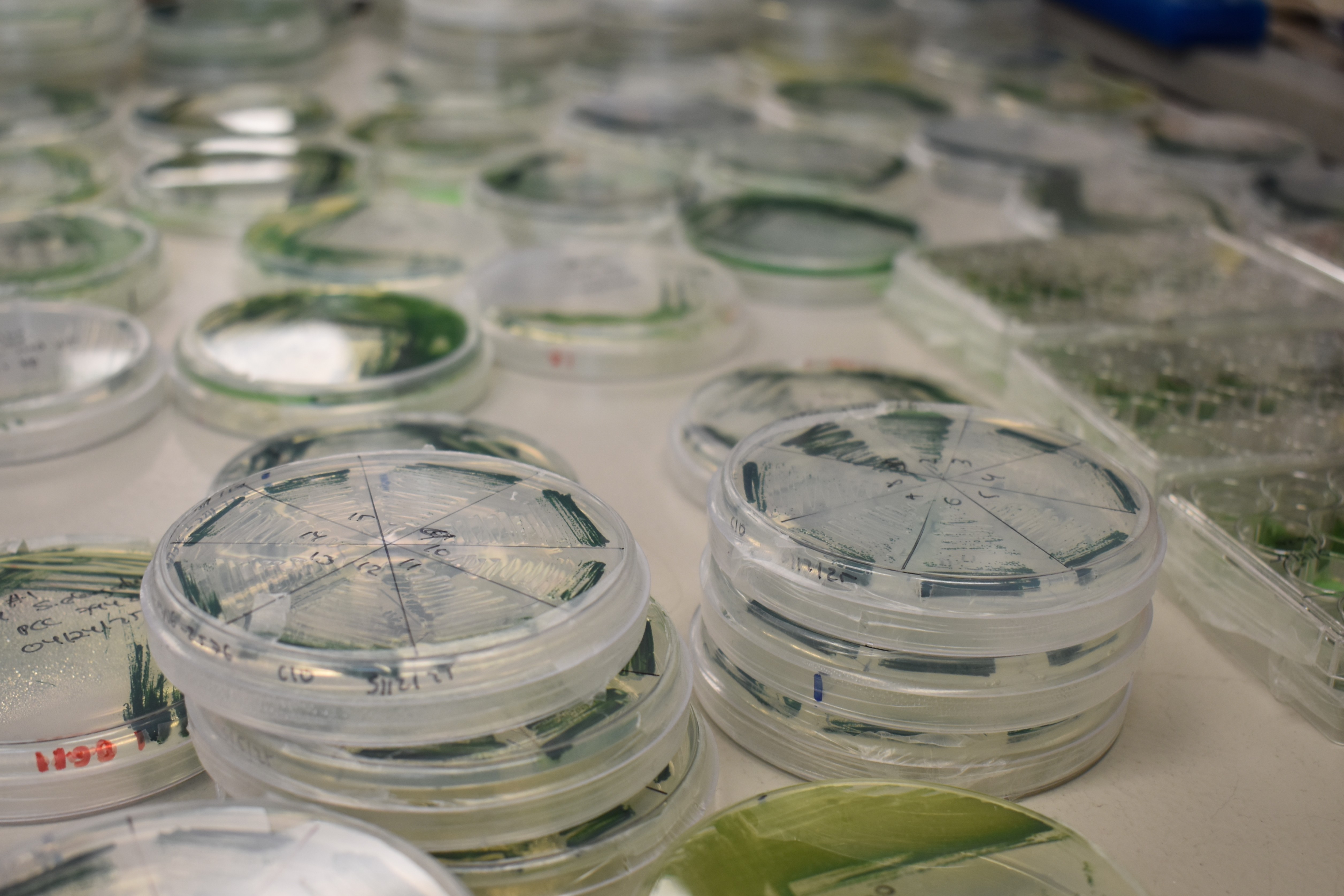
Using cyanobacteria and a signle-cell organism Paramecium bursaria, the researchers are gaining insights on an important moment in evolutionary history. By Kara Headley
A new project is underway that could help researchers have a better understanding of an important piece of Earth’s evolutionary history.
Plants have been making their own food for millions of years through photosynthesis. Photosynthesis takes place within an organelle of plants and algae known as the chloroplast, which is a vital piece of cellular machinery that has made life on Earth as we know it possible.
Evidence has shown that the chloroplast evolved 2.1 billion years ago through endosymbiosis, wherein one organism lives inside another. A single-celled organism engulfed cyanobacteria, a photosynthetic bacteria. Having one organism living within another creates a working relationship known as endosymbiosis. From there, evolutionary processes that are largely unknown converted the free-living cyanobacterium into the modern chloroplast we see in plants and algae.
